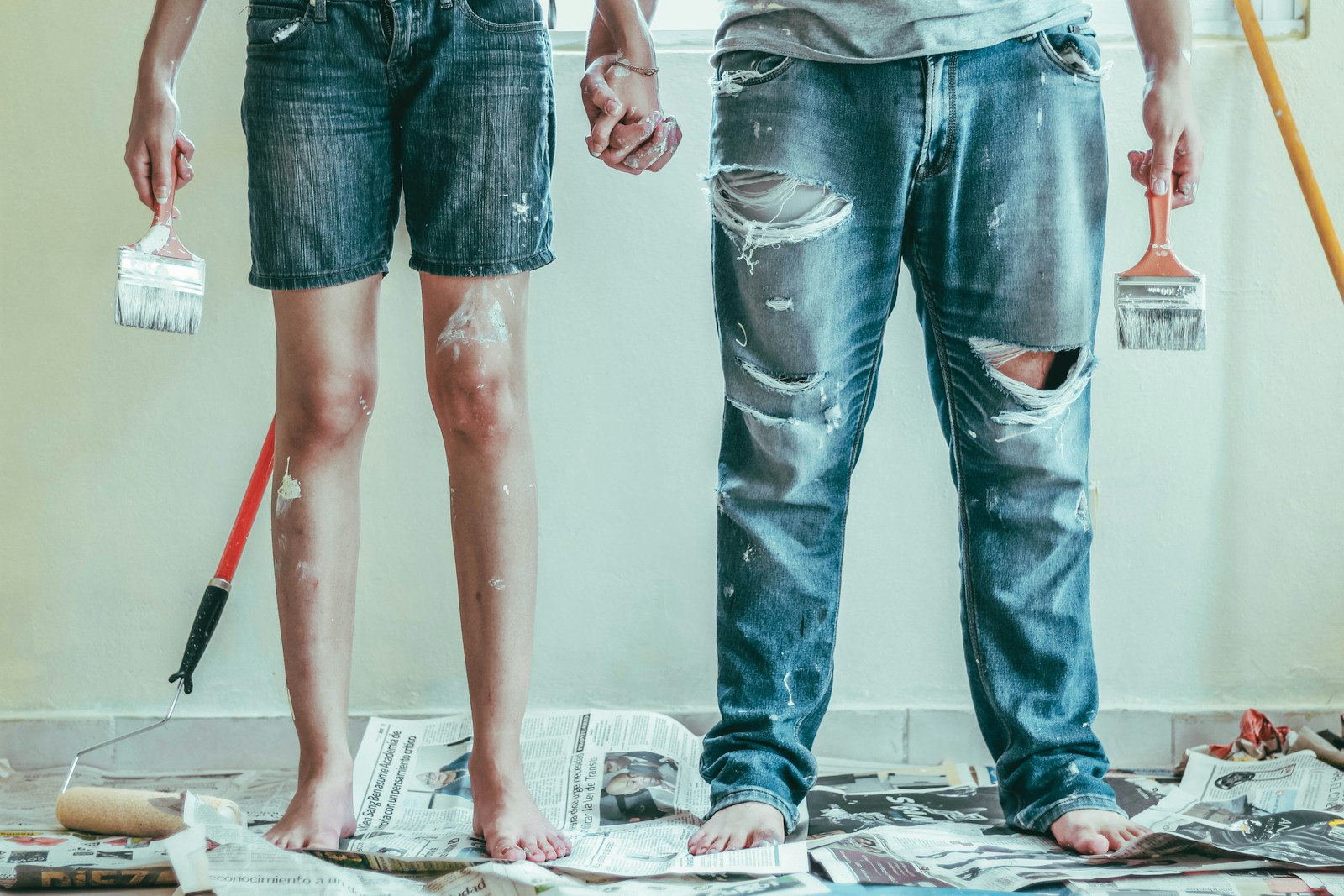Owning a home is rewarding, but it also comes with responsibilities—especially when it comes to maintenance and repairs. While some issues require professional help, mastering a few essential DIY home repairs can save you time, money, and stress. Here’s a guide to the most useful repairs every homeowner should know.
1. Fixing a Leaky Faucet
Leaky faucets aren’t just annoying; they can waste gallons of water and increase your utility bills.
What You’ll Need: Wrench, replacement washers or O-rings, and plumber’s tape.
Steps:
Turn off the water supply.
Dismantle the faucet to identify worn parts.
Replace washers or O-rings and reassemble.
Tip: Watch a tutorial for your specific faucet type to ensure success.
2. Patching Drywall Holes
Accidental dents and holes in walls are common but easy to fix.
What You’ll Need: Spackle, putty knife, sandpaper, and paint.
Steps:
Apply spackle to the hole using a putty knife.
Let it dry, then sand it smooth.
Paint over the area to match the wall.
Pro Tip: For larger holes, use a drywall repair kit.
3. Unclogging a Drain
Slow or clogged drains are inevitable, but they’re usually fixable without a plumber.
What You’ll Need: Plunger, drain snake, or a baking soda and vinegar mixture.
Steps:
Start with a plunger to remove blockages.
Use a drain snake for deeper clogs.
Prevent future clogs with regular cleaning and drain covers.
Eco-Friendly Tip: Avoid harsh chemical drain cleaners; they can damage pipes.
4. Replacing a Broken Tile
A cracked tile can ruin the look of a room, but replacing it is simpler than you think.
What You’ll Need: Replacement tile, adhesive, grout, and a grout float.
Steps:
Remove the broken tile and clean the area.
Apply adhesive and set the new tile in place.
Once dry, apply grout and wipe away excess.
Tip: Keep extra tiles from your initial installation for seamless repairs.
5. Resetting a Tripped Circuit Breaker
Power outages in specific areas of your home often result from a tripped breaker.
What You’ll Need: Access to your circuit breaker panel.
Steps:
Locate the tripped breaker (it will be in the middle position).
Switch it fully off, then back on.
If it trips again, investigate the cause, such as an overloaded circuit.
Safety Tip: Never attempt electrical repairs beyond your expertise.
6. Fixing a Running Toilet
A running toilet wastes water and can inflate your water bill.
What You’ll Need: Replacement flapper or fill valve, adjustable wrench.
Steps:
Open the tank and inspect the flapper or fill valve for wear.
Replace the faulty part with a new one.
Adjust the water level as needed.
Tip: These parts are inexpensive and widely available at hardware stores.
7. Weatherproofing Doors and Windows
Drafty windows and doors can lead to higher heating and cooling costs.
What You’ll Need: Weatherstripping, caulk, and a caulking gun.
Steps:
Apply weatherstripping to door and window edges.
Use caulk to seal gaps around frames.
Check for drafts by holding a lit candle near suspected leaks.
Benefit: Improved energy efficiency and comfort.
8. Cleaning Gutters
Clogged gutters can lead to water damage and foundation issues.
What You’ll Need: Ladder, gloves, and a garden trowel.
Steps:
Remove debris from gutters by hand or with a trowel.
Flush gutters with water to ensure proper flow.
Check downspouts for blockages.
Tip: Clean gutters at least twice a year, especially in fall and spring.
9. Painting Walls Like a Pro
A fresh coat of paint can transform a room.
What You’ll Need: Paint, brushes, rollers, painter’s tape, and drop cloths.
Steps:
Prep the area by cleaning walls and taping off edges.
Apply primer if needed, then paint in even strokes.
Remove tape while the paint is still wet for clean lines.
Pro Tip: Invest in quality brushes and rollers for a smoother finish.
10. Maintaining HVAC Systems
Regular maintenance keeps your heating and cooling systems efficient.
What You’ll Need: Replacement filters and a vacuum.
Steps:
Replace air filters every 1-3 months.
Vacuum vents and ducts to remove dust.
Schedule professional inspections annually.
Benefit: Prolongs the life of your system and improves air quality.
Conclusion
Learning these essential DIY home repairs empowers you to maintain your home and save money. While not every repair can or should be done on your own, mastering these basics will prepare you for many common household issues.


